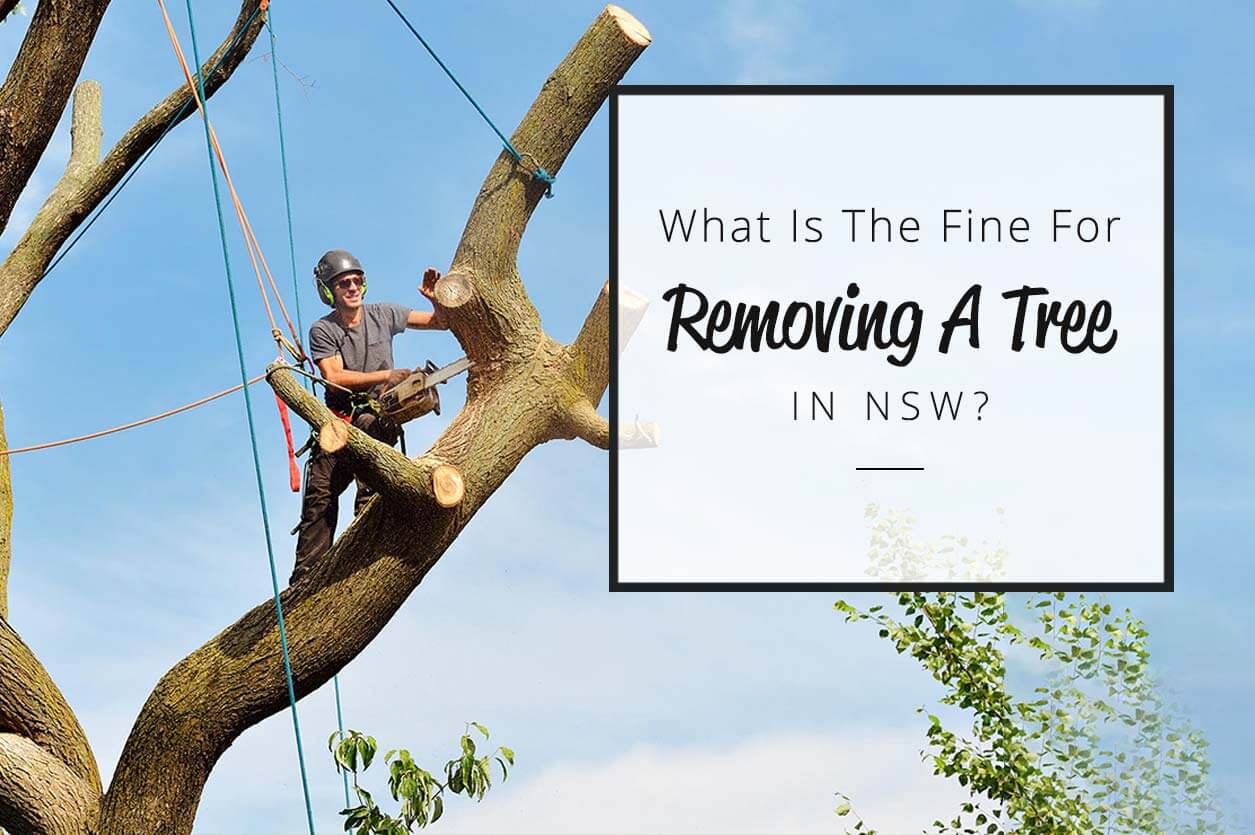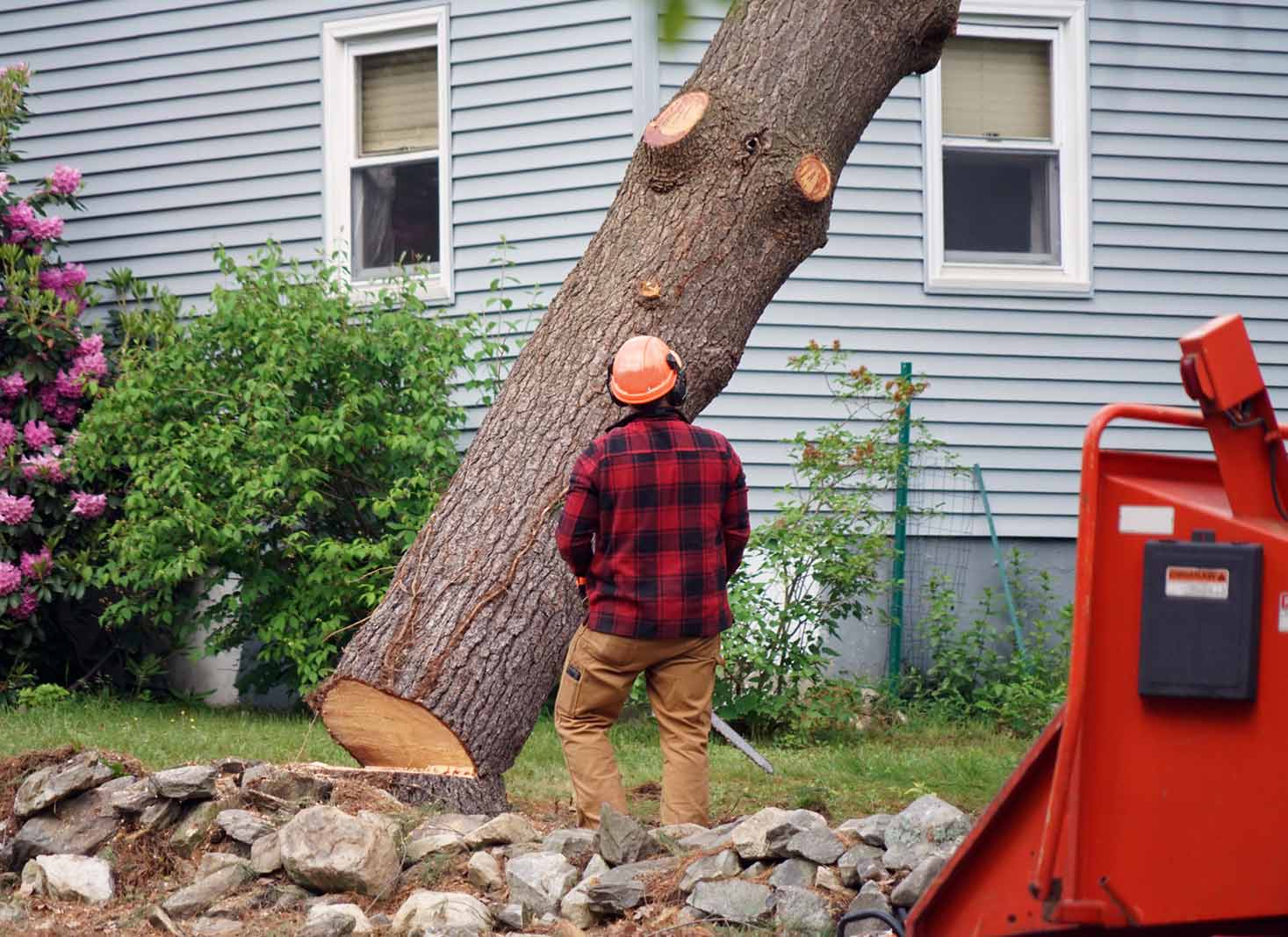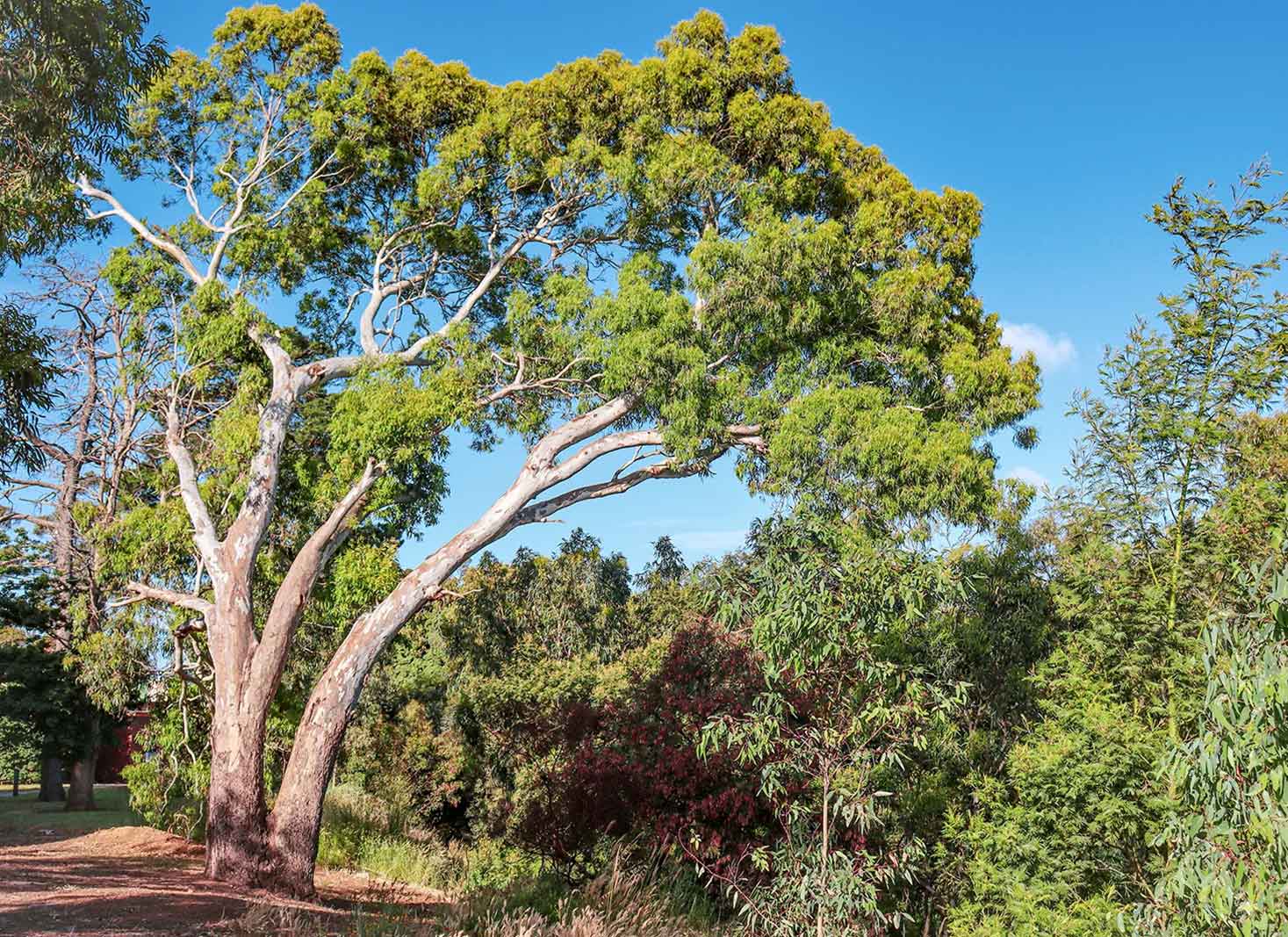In New South Wales, removing a tree without permission from authority can result in fines and penalties. Trees play an essential role in maintaining the environment and ecosystem, and as such are protected by the NSW government.
In NSW, under the Environmental Planning and Assessment Act 1979, the maximum fine for illegal tree removal in NSW is $1.1 million for a corporation and $220,000 for an individual.
However, it is important to note the actual fine that is imposed may be significantly lower than the maximum penalty, usually ranging from $1,000 to $100,000 per offence.

Table of contents
ToggleFine for removing a tree in NSW?
The fine for removing a tree in NSW without appropriate permission can vary depending on various factors such as the type of tree, its size, location, and whether it is a protected species. These fines are usually assigned on a case-by-case basis as determined by local councils or government authorities.
If the tree is a protected species, the fines can be significantly higher, and in some cases, it may even lead to criminal charges and imprisonment. For example, the maximum penalty for damaging or removing a tree in a national park or other protected areas can be up to $110,000 and imprisonment of two years.
You may also be required to pay the cost of replanting a new tree or restoring the damaged area. If you are planning to remove a tree, it is essential to obtain the necessary permits and approvals from your local council or government authority, as well as consult with an arborist to ensure that the tree is removed legally.
How to cut down a tree on your property without fines NSW

If you have a legitimate reason to cut down a tree on your property, such as safety concerns or to prevent property damage, you may be able to obtain permission to do so without incurring fines. Here are some steps you can take to cut down a tree legally in NSW:
Check if the tree is protected
Before cutting down a tree, you should check if it is protected by local council regulations or state laws. Protected trees cannot be cut down without permission, and doing so can result in serious fines.
Obtain permission
If the tree is not protected, you may still need permission from your local council to cut it down. Contact your local council to inquire about any regulations or permits you may need to obtain.
Hire a professional
Cutting down a tree can be dangerous, especially if you are not experienced or do not have the proper equipment. Consider hiring a professional tree removal service to safely remove the tree.
Consider alternatives
If the tree is not posing an immediate threat, consider alternatives such as pruning or trimming to address any concerns. You may also consider replanting a tree in a more suitable location on your property.
By following these steps, you can minimize the risk of fines and penalties while safely and legally removing a tree on your property.
Good reasons to remove a tree in NSW
While it is generally illegal to cut down trees in NSW without permission, some trees require removal to ensure the safety of lives and properties. There are many good reasons to remove a tree in NSW including;
- If the tree is dead, dying, or dangerous pose a risk to people or property
- If the tree is declared a noxious weeds
- If the tree is within three metres of a building and declared a fire hazard.
- If the tree is obstructing the path of essential services, such as power lines or telecommunications
- If the tree is sick or diseased.
- If the tree is causing damage to the foundation, fence, etc. of a property.
List of protected trees NSW
The list of protected trees in NSW includes trees that are listed as endangered, vulnerable or critically endangered under the Biodiversity Conservation Act 2016. These trees are protected from being removed and their seeds or other plant material being taken or traded without the appropriate permits.
Some protected trees in New South Wales include;
- Blue Mountains ash
- Yellow-spotted gum
- Weeping myall
- Slender velvet bush
- Coachwood Brush cherry
- Shining-leaved stinging tree
- Illawarra flame tree
- Wollemi pine
- Southern blue gum
- Sydney blue gum
- Blackbutt
- Forest red gum
- Spotted gum
- Brush box
- Illawarra plum
- Smooth-barked apple
- Red mahogany
- Tallowwood
- Grey box
- Forest oak
- Stringybark
There may be additional trees that are protected under specific local council regulations so if you are planning to do any work near a tree in NSW, it is recommended that you check with the local council to ensure that you are complying with all relevant regulations and guidelines.
Are gum trees protected in NSW?

Gum trees, also known as eucalyptus trees, are generally protected in NSW under the state’s environmental legislation. Some gum tree species are listed as endangered, vulnerable or critically endangered under the Biodiversity Conservation Act 2016.
Examples of these species include the Wollemi pine (Wollemia nobilis), which is an ancient and rare tree species found in a small area of the Blue Mountains region of NSW. Others include Black gum (Eucalyptus aggregata), Smooth-barked apple (Angophora costata), Grey gum (Eucalyptus punctata), Spotted gum (Corymbia maculata), etc.












